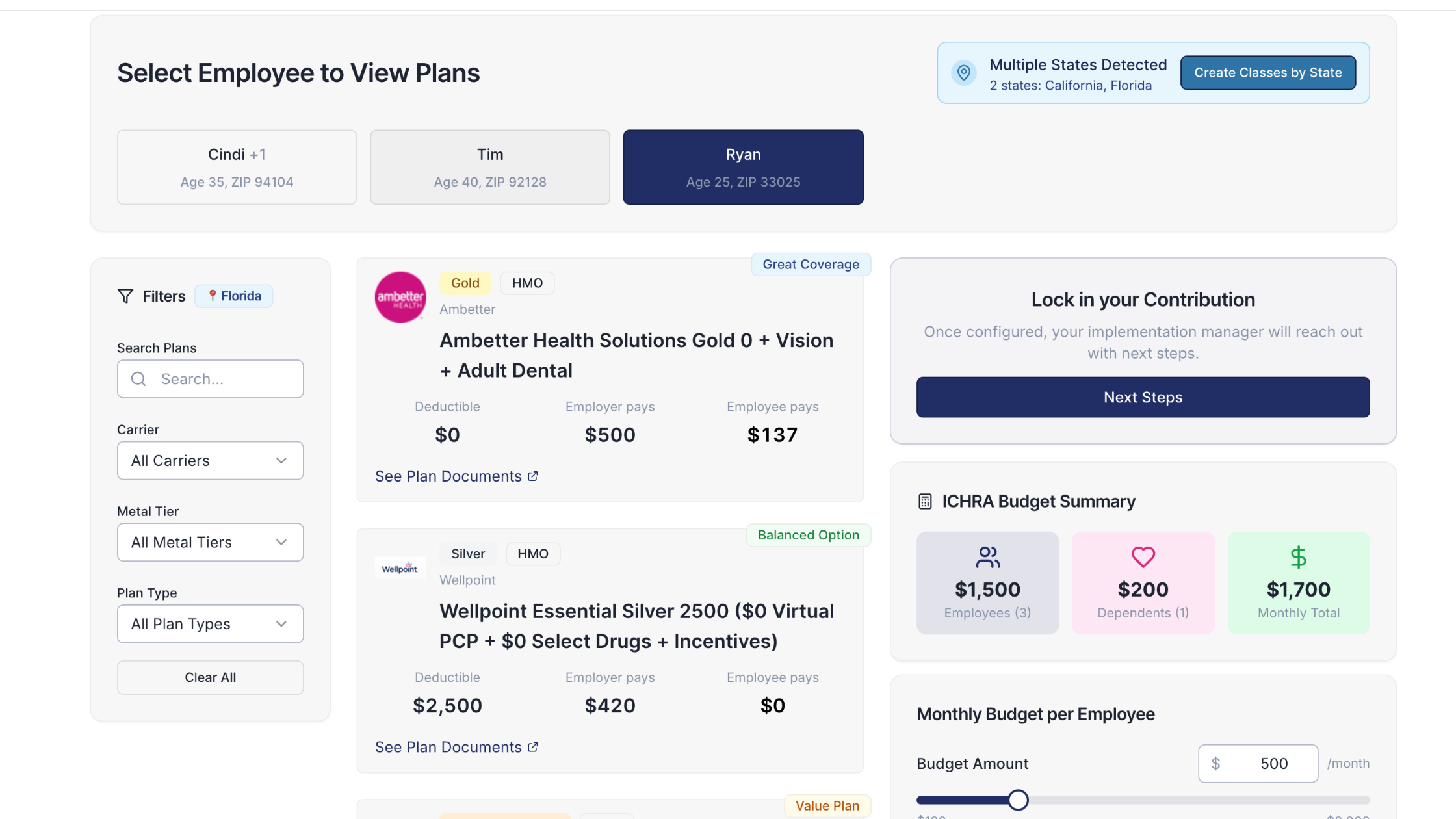Health Insurance Options for Small Businesses: Level-Funded Plans

In the complex universe of health insurance options, Level Funded Plans have emerged as a notable contender for businesses, especially those with healthy workforces. Here's a detailed breakdown.
What is a Level Funded Plan?
Think of Level Funded Plans as a unique hybrid – they borrow elements from both traditional fully insured plans and self-insured plans. By capping maximum costs and allowing employers to benefit in months with lower claims, they’ve caught the attention of many businesses. But, they come with their set of nuances.
The Mechanics: Step-by-Step
- Monthly Premiums: Employers pay a consistent monthly premium. This premium splits into three segments:
- Claims Fund: A chunk goes towards a fund designated for the company's health claims.
- Stop-Loss Insurance: Another segment pays for 'stop-loss insurance', an essential safeguard against unpredictably high claims.
- Administration Fees: The balance caters to administrative costs and related overheads.
- Claims Management: As health claims arise and are submitted by employees, the claims fund addresses them.
- Year-End Reconciliation: The 'level-funded' magic happens here. At the policy year's close:
- If claims remain *below* the funded amount, employers often see a surplus, which can be returned as a refund or credited towards future premiums.
- If claims *surpass* the funded amount, stop-loss insurance kicks in, ensuring employers never face unforeseen costs beyond a set cap.
- Annual Renewal: At each year's end, the insurer assesses the company’s claims history, recalibrating the upcoming year's monthly premium based on this data.
Caveats to Consider:
- Claims Volatility: One high-utilization employee or a sudden health crisis within the workforce can skew the claims and potentially inflate premiums for subsequent years.
- Health-Centric: While businesses with healthier workforces stand to gain the most, those with even a few high-risk employees might find this option less favorable due to the potential for higher claims.
- Active Management: This isn't a 'set and forget' plan. Employers need a certain level of engagement in managing and understanding the plan.
In Conclusion:
Level Funded Plans, while offering a compelling blend of predictability and potential savings, work best when the health of the workforce is on the favorable side. Businesses must weigh the benefits against the potential risks, especially given that just one high-utilization employee can influence pricing dynamics. It's all about striking that right balance and understanding the workforce's health landscape.
You got questions, we got answers!
We're here to help you make informed decisions on health insurance for you and your family. Check out our FAQs or contact us if you have any additional questions.
Explore more related content
What is Venteur
Explore the best human-first Health Insurance platform
Simple, personalized health benefits
Sign up in minutes, define your contribution, and let your employees choose the health plan that works right for them
Integrations to make everything run smoothly
We'll connect with your payroll and finance systems to make deductions and premium payments seamless
Easy onboarding and off-boarding
In just a few clicks, add your roster and make updates on the fly. We'll handle it from there.
Venteur Certified Brokers to help your employees pick the right plan
Our trusted brokers ensure the best outcomes for employees and employers by unlocking health savings and providing unrivaled plan options.
AI-powered plan recommendations to give you confidence while you shop
Backed by 30 years of healthcare data, Venteur’s AI helps employees compare and choose the best plan for their unique situation.
Compliance and reporting because no-duh!
Venteur manages plan administration, reporting, and compliance so you can focus on growing your business.


